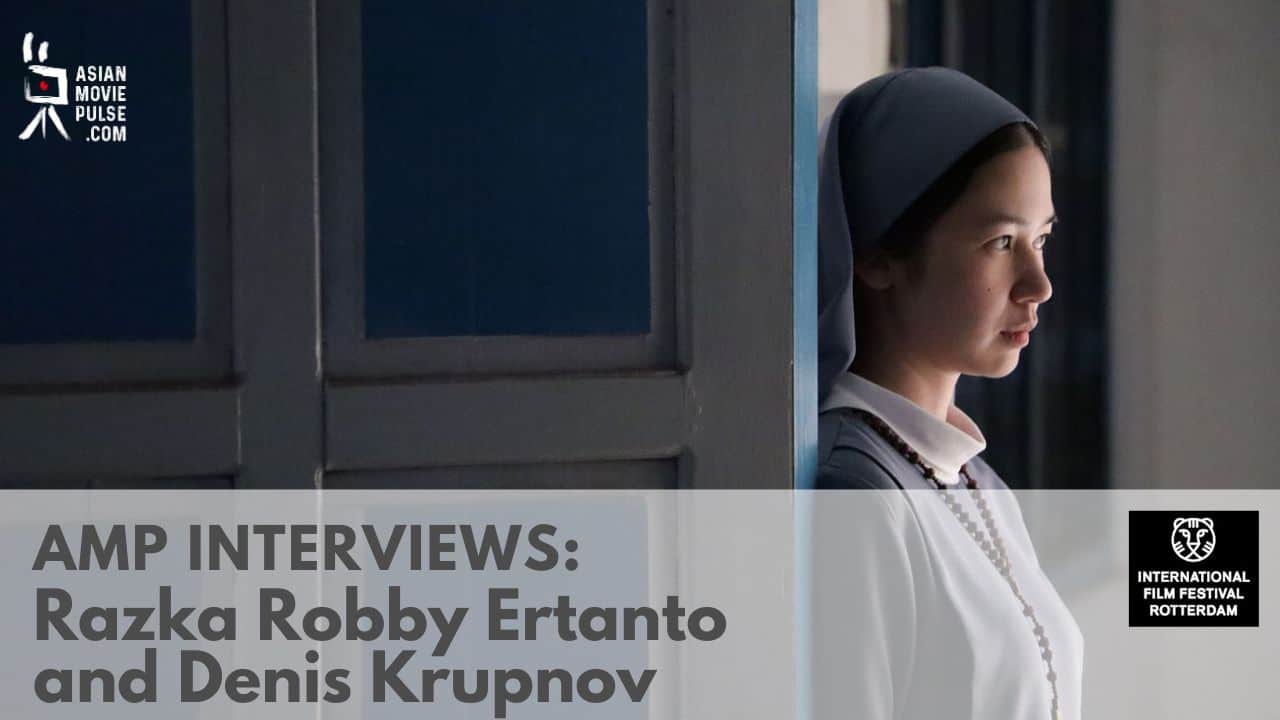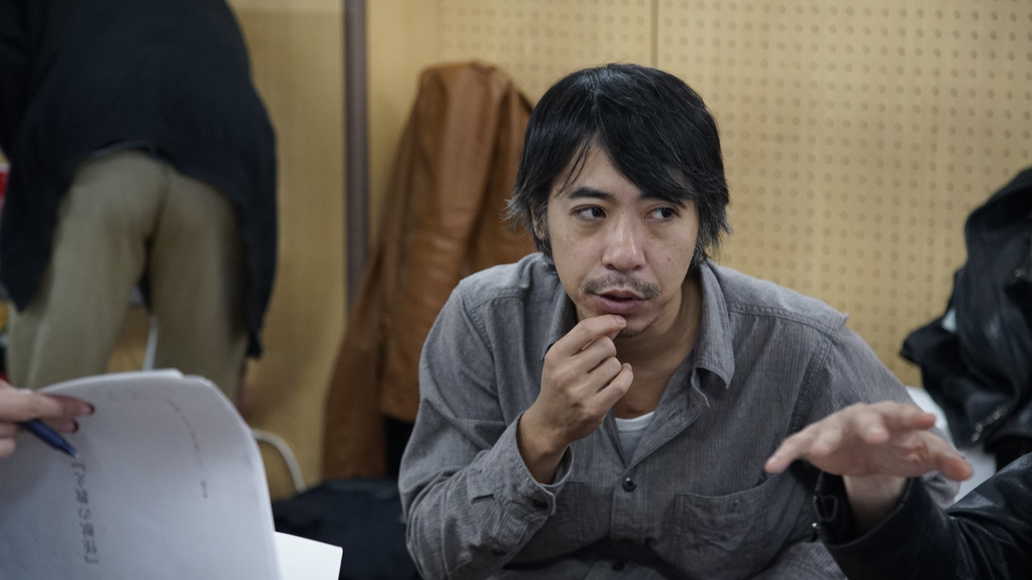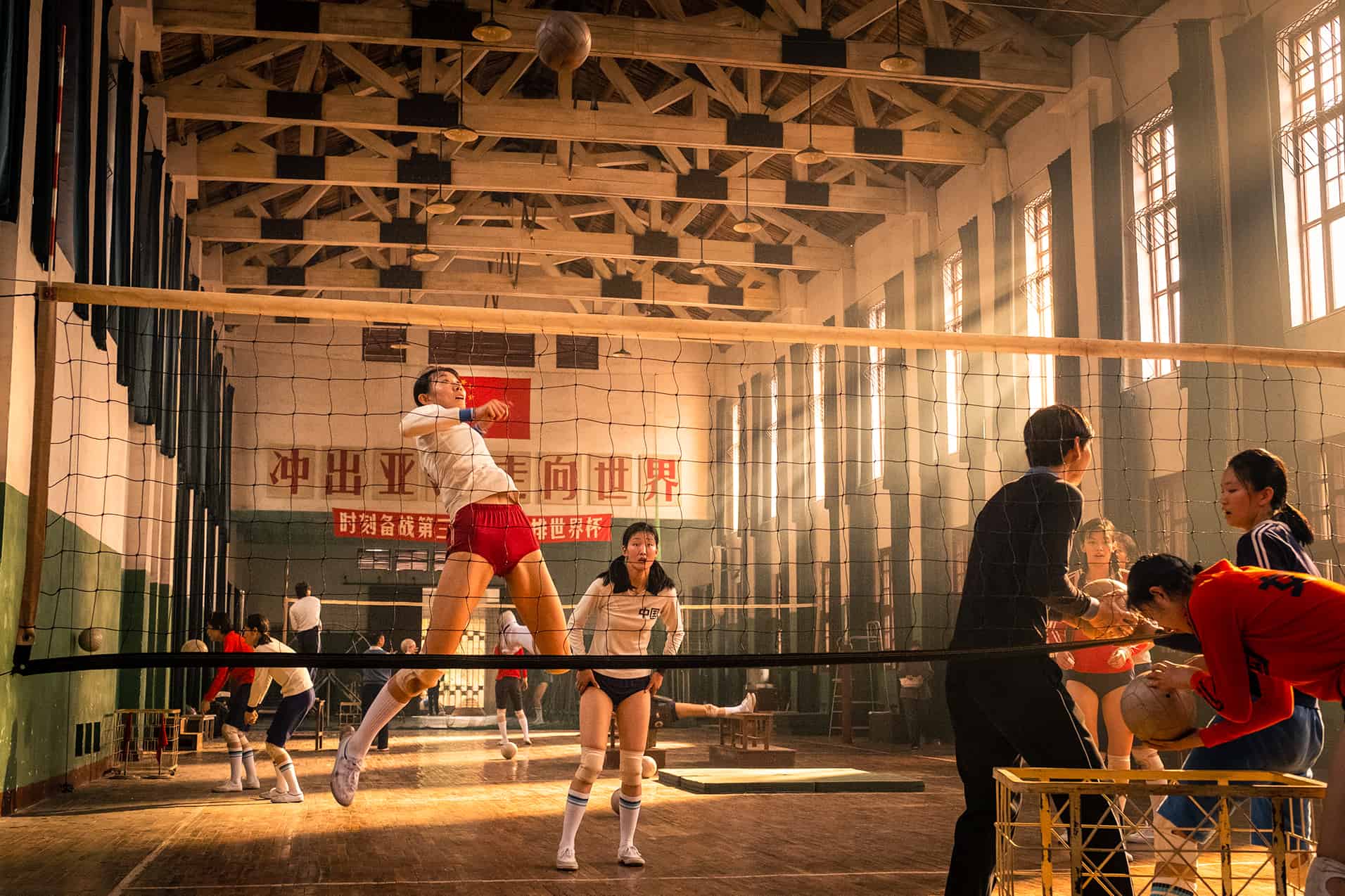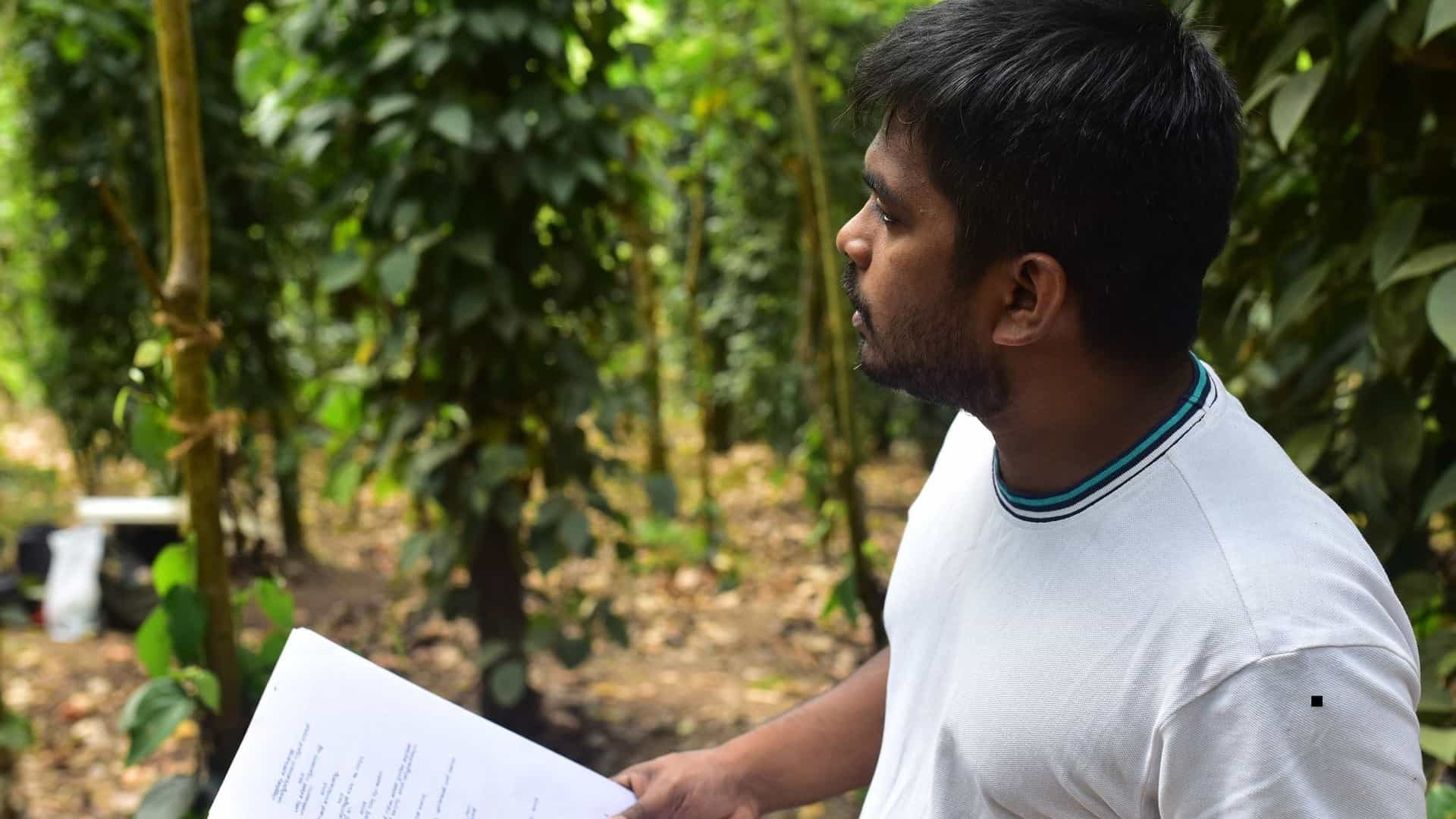When it comes to Japanese animated films, many Westerners are familiar with the heavy-hitting box office titles of Studio Ghibli or the latest companion film to their favorite anime. However, not everyone is as familiar with the name Satoshi Kon, who directed some of the most critically acclaimed Japanese animated movies of the last few decades.
Like several of Satoshi Kon's other feature films, Millennium Actress seeks to blur the lines between reality, time, and even memory to craft a mesmerizing love story that transcends all three. The story follows retired actress Chiyoko Fujiwara, who agrees to do an interview after the famous studio she once worked for shuts down.
Throughout the course of the interview, Fujiwara describes the details of her own tragic love story through the lens of numerous protagonists she's played who, like her, are also trying to find their long-lost lovers. From the beginning, the viewer is compelled to wonder how much of this story is real, how much is fiction, and where exactly the two intersect. Everything comes to a head when Fujiwara finally obtains the key she needs to return to her lover, a mysterious painter she met before becoming an actress.
From the moment you meet her, the lines separating Fujiwara's memories, her reality, and the cinema are already muddy, and what starts as a normal love story soon becomes an immersive tale that literally transports the interviewers and audience to various moments in Fujiwara's life. This isn't solely achieved through her verbal account, but with her retelling also taking place against backdrops of the actual films she was starring in at those times. This makes it even harder for viewers to discern what is real while creating an almost mind-bending experience.
The direction Satoshi Kon takes throughout this film, and especially this scene is captivating as the movies and Fujiwara's real life begin to intertwine in an almost circular fashion, repeating the same important beats within each film she describes. With the way she tells the story, Fujiwara's recount feels like one long movie as opposed to multiple movies. It's a surreal approach that is especially successful thanks to the lack of limitations presented by using animation as the medium. The freedom of animation allows viewers to suspend their disbelief just long enough to feel as if they are actually watching these moments play out as vividly as Fujiwara describes them. It's the kind of payoff that makes an audience member wish they had never seen the movie just to experience the wonder of it again for the first time.















